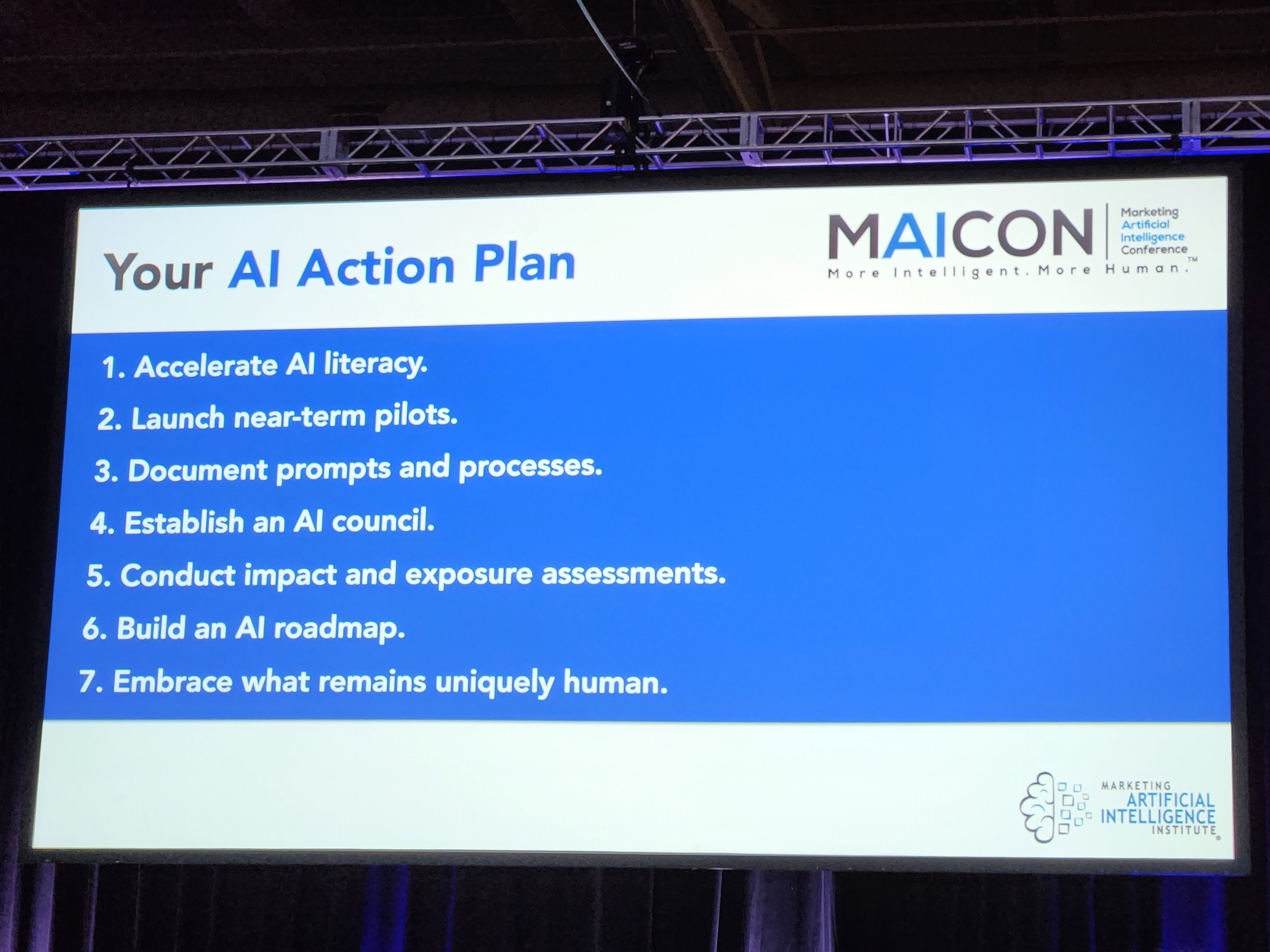author
William McKee
Now that 2019 has come and gone, it’s time to turn our full attention to 2020. The past decade has seen some web design trends introduced that will stand the test of time, while others have fallen by the wayside. In our experience, we’ve learned that the trends focused on improving the user experience are the ones that endure.
To give you a jump on web development trends in 2020, we’ve compiled a mix of emerging and established trends that we expect to influence web design in the coming year. Here’s our top 10:
1. Minimalist Design and Navigation
After a decade that experimented with online maximalism, the end of the decade saw simpler designs that focused on streamlining the user experience. While flashy designs with moving parts might be impressive upon first glance, there’s a cost to valuing style over substance, especially for businesses. If users can’t find the information they’re looking for on your site, then they’re less likely to convert or return. So we expect the trend toward minimalist design to continue going forward, especially as it relates to website navigation.
2. Continued Use of White Space
This trend goes hand-in-hand with minimalist design, but it stands on its own too since it’s part of a philosophy that focused on omitting any elements that have the potential to take away from the hierarchy of information. While this overall “less is more” approach allows your critical content to lead the way, it can also increase your site’s speed, which is another factor in the user experience. We’ll also note that the “white” in white space is often interpreted literally, which doesn’t have to be the case; it can incorporate other colors and textures as long as you’re providing enough breathing room.
3. Voice Search Technology Integration
Whether your preference is Siri, Alexa, or Google Assistant, many consumers have adopted voice technology now that smart speakers have become the norm, not the exception. This means voice user interfaces (VUIs) will soon be integrated into web design, which makes sense when you consider how it could impact the user experience. Whether being used to ask questions or navigate a website, look for more and more sites to utilize this technology in 2020.
4. User-Focused Design
We’ve touched on this already, but it definitely deserves its own place in this list. When you consider that your job online is to solve a customer’s specific problem, then it’s important to place emphasis on the journey they undergo to find the solution. While you might have the exact product or service they’re looking for, if they land on your site and can’t find it easily and quickly, then your website has failed to do its job. This is a trend that started this decade, and it’s one we think will continue well into the next one.
5. Combining Photography and Graphics
Though combining photography and graphics can go awry, when done well it can be effective. Illustrations used with images can be more lighthearted when used sparingly, but will need to be more detailed to communicate complex ideas. Ultimately, the key to success with this trend is making sure that you’re aligned with your brand standards; that way, you ensure that any combinations are consistent, and reflect your brand’s personality.
6. Microinteractions
This is another cool trend that’s taking hold on more and more sites, and we’re excited to see how it evolves in 2020. Often animated, microinteractions are used in conjunction with call-to-action (CTA) buttons or scrolling. For example, when you like, love, or “haha” a Facebook post, there is slight animation that occurs, all for the sake of adding another small level of interaction. For businesses, these are often incorporated for CTAs at both ends of your sales funnels—or even when scrolling over products or services to actually promote a sale.
7. Bold, Oversized Typography
Continuing the theme of clear communication, this trend is being utilized to convey key messages and information on contemporary websites. Large type immediately catches the eye, and can be used jointly on webpages with other design elements, as well as with full-screen images and videos. As always, it’s important to find balance with this trend so that’s it’s not overused, or overwhelming.
8. Increased Use of Motion Design
As you probably know, we constantly talk about varying your content so that you can appeal to a wide variety of consumer types. Some visitors are readers, while others prefer to watch videos. Motion design provides yet another way to present information. In other words, the usefulness of GIF-animations goes beyond using them for funny memes; if you have a complicated product or service that can be distilled in a five-second GIF-animation, it might be worth your time to try using them in 2020. (Tip: Make sure your website host doesn't kill page speed when delivering image-heavy designs and interactive features.)
9. Overlapping Layers
While you still have to take into account all the advice about minimalism and white space we mentioned above, layering design elements on a webpage is a hot trend, too. With the right composition, you can add depth to users’ screens, whether you’re employing a parallax-styled site, lightboxes, or multiple images. The key is to avoid overdoing it, so be sure to stick to your content hierarchy when using this technique.
10. Full-Screen Forms
For many businesses, forms are how they capture visitor information, and convert those visitors into qualified sales leads. By enlarging forms to be full-screen, you can create a far more pleasing interactive experience for users on the pages that matter most—and keep in mind you can incorporate those microinteractions on your forms, too. For years, online forms have been an afterthought, but today we’re finally seeing more and more sites give them the attention (and smart design) that they deserve.
Determine Which Trends Might Fit Your Website Best
What makes our business fun is that it never gets stale—the Internet is always shifting and morphing, and what works design-wise today might not be nearly as effective tomorrow. Whether you work with freelancers or a full-service agency, it’s important to review these trends to see which ones make sense for your website and which ones don’t, and then implement accordingly. It’s not the easiest proposition in this modern digital age. However, adapting is what smart businesses will do in 2020, and for years to come.
Want to continue the discussion about online trends in 2020, and how they might impact your website? Then get in touch with us for a free consultation.
.webp?width=900&height=548&name=wyatt-mobile%20copy%20(2).webp)

